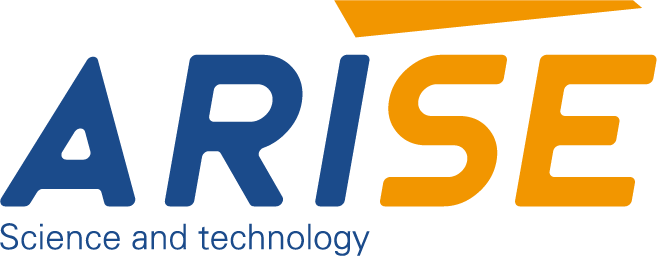The Role of Web Inspection Systems in Continuous Printing Quality Control
Continuous printing processes, used in industries ranging from packaging to textiles, demand advanced technologies to maintain high-quality standards. One such technology is web inspection systems, which ensure that defects are detected and addressed in real time during production. This article delves into the role of web inspection systems in continuous printing, their features, and how they contribute to quality control.
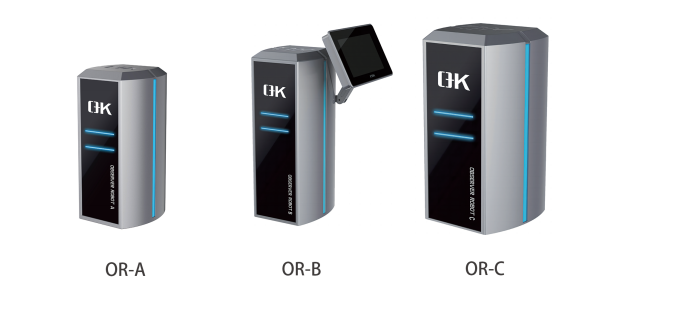
Table of Contents
What Are Web Inspection Systems
Web inspection systems are automated technologies designed to monitor and inspect printed materials as they pass through a printing press or other continuous printing machines. These systems use advanced imaging techniques, often combined with machine vision, to detect imperfections such as misprints, color variations, streaks, smudges, or foreign objects on the printed substrate.
Web inspection systems play a critical role in ensuring that every printed material meets strict quality standards, particularly in continuous or high-speed printing processes, where manual inspection is not feasible.
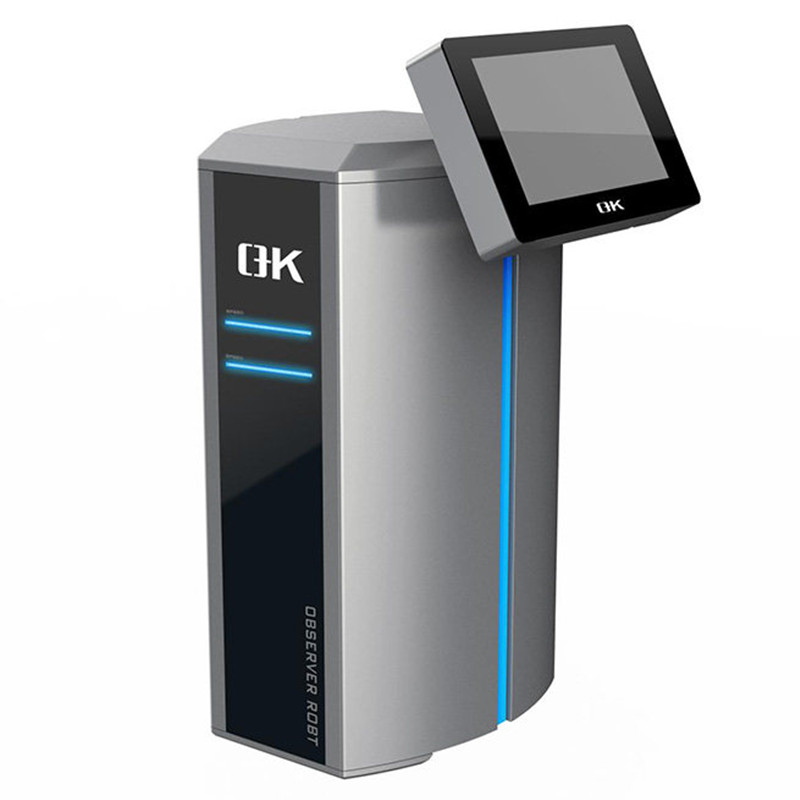
Key Features of Web Inspection Systems for Continuous Printing
1. High-Speed Imaging
Web inspection systems are equipped with high-resolution cameras and sensors capable of capturing images of the printed material at high speeds. These cameras typically operate at up to 1000 or more frames per second, ensuring that defects are identified instantly as the material moves through the production line.
2. Real-Time Defect Detection
One of the most crucial aspects of web inspection systems is their ability to automated detect defects in real-time. By continuously monitoring the printed material, these systems can immediately alert operators to any inconsistencies. This immediate feedback allows for quick corrective action, preventing the continuation of defects throughout the entire run.
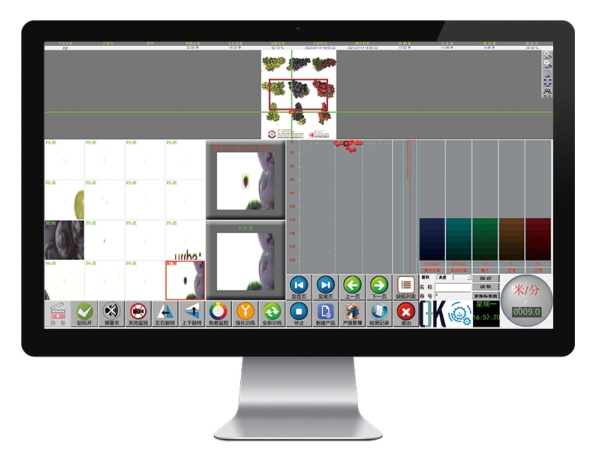
3. Machine Vision Technology
The machine vision technology employs high-resolution cameras and advanced algorithms to analyze printed materials for a range of defects. These systems are able to identify even subtle imperfections such as color inconsistencies, misregistrations, and surface defects with remarkable accuracy. The system can then categorize and prioritize these defects based on their severity, streamlining the decision-making process for the operator.
4. Seamless Integration
Web inspection systems also integrate seamlessly into the printing process, ensuring that they work harmoniously with other equipment. They provide operators with real-time data and alerts, enabling swift corrective actions to be taken. Additionally, many of these systems offer customizable defect detection criteria, allowing manufacturers to tailor the system to their specific needs—whether it’s for packaging, textile printing, or label production.
5. Customizable Alerts
Many web inspection systems allow operators to customize the types of defects they want to monitor. For example, a printer producing packaging might prioritize the detection of foreign objects or color misalignment, while a printer producing textiles might focus on surface blemishes. This customization ensures that the system aligns with the specific needs of the printing application.
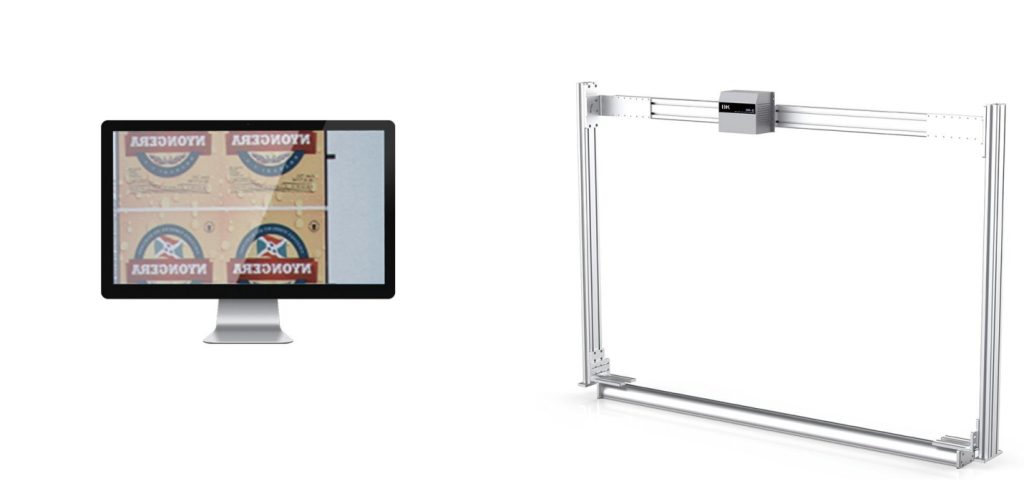
Benefits of Web Inspection Systems for Continuous Printing
- Enhanced Quality Control
The primary benefit of web inspection systems is their ability to ensure consistent print quality across an entire production run. By detecting defects early in the process, operators can make adjustments to the printing press, improving overall product quality. This is particularly crucial in industries where print quality is a key differentiator, such as high-end packaging and textiles.
- Reduced Waste and Downtime
By catching defects in real time, web inspection systems help reduce the amount of wasted material that might otherwise be discarded due to undetected issues. Additionally, since the system can pinpoint the exact location of defects, operators can make targeted corrections, minimizing downtime.
- Increased Productivity
With automated defect detection, operators can focus on resolving the most critical issues without being burdened by constant manual inspections. This allows production lines to operate more efficiently, with fewer delays caused by quality checks. Furthermore, many web inspection systems offer advanced data analysis and reporting capabilities that provide insights into the printing process, helping manufacturers optimize their operations and improve future production runs.
- Cost Savings
Although the initial investment in a web inspection system may be substantial, the long-term savings far outweigh the cost. Reduced waste, less downtime, and improved overall efficiency contribute to a lower cost per unit of production, making web inspection systems a wise investment for businesses looking to enhance their profitability.
- Compliance and Reporting
For industries that must adhere to strict quality standards or regulatory requirements, web inspection systems provide detailed reports that help demonstrate compliance. These reports can be valuable for audits and quality assurance processes, giving manufacturers the ability to document their commitment to maintaining high-quality standards.
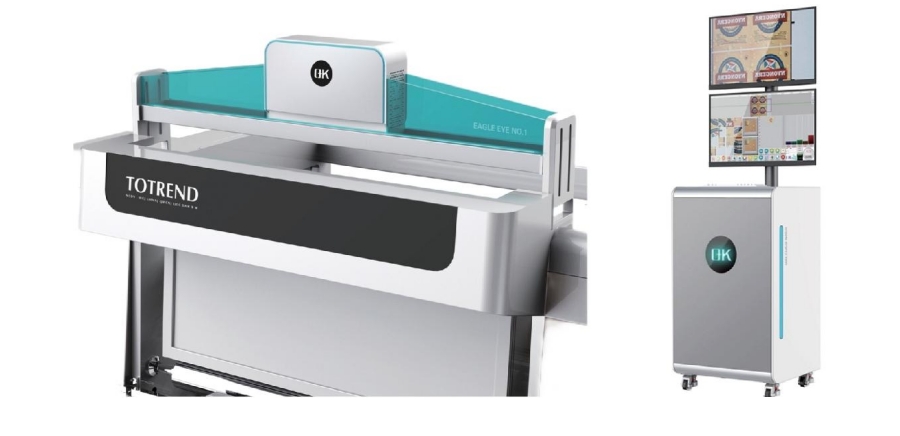
Applications of Web Inspection Systems for Continuous Printing
Web inspection systems are widely used across various industries where continuous printing processes are crucial for producing high-quality printed materials. These systems offer essential quality control and defect detection capabilities that ensure consistency and precision in a range of applications.
1. Packaging Industry
Web inspection systems play a vital role in ensuring the quality of printed materials used for food, beverage, pharmaceutical, and cosmetic packaging. Packaging materials often require intricate designs, barcodes, and labels, which must be printed with exceptional accuracy. Any misalignment, color inconsistency, or defects in packaging prints can lead to costly product recalls or brand damage. Web inspection systems help detect and correct issues like registration errors, color mismatches, or surface imperfections in real time, ensuring that each package is visually perfect and complies with regulatory standards.
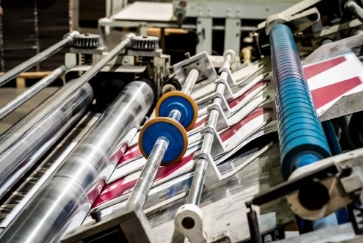
2. Textile Printing
For textile printing, especially in industries that produce clothing and home textiles, web inspection systems are invaluable. They help monitor the quality of prints on fabrics by detecting color discrepancies, misregistrations, or defects in the fabric itself, such as wrinkles or foreign fibers. These systems ensure that the final product meets the required aesthetic standards, whether it’s for fashion garments, printed patterns on curtains, or other textile goods. Detecting such flaws during production allows for corrections to be made before the fabric reaches the final stages of processing, reducing material waste and improving production efficiency.
3. Newspapers and Magazine Printing
These high-speed, continuous printing operations require absolute precision, especially when it comes to aligning text, images, and advertisements. Web inspection systems monitor the printed material at various points in the production process, ensuring that each page of the newspaper or magazine is printed clearly, with accurate color reproduction and proper alignment. Any misprints, smudges, or distortions are detected and flagged in real time, preventing defective copies from being released to the public.
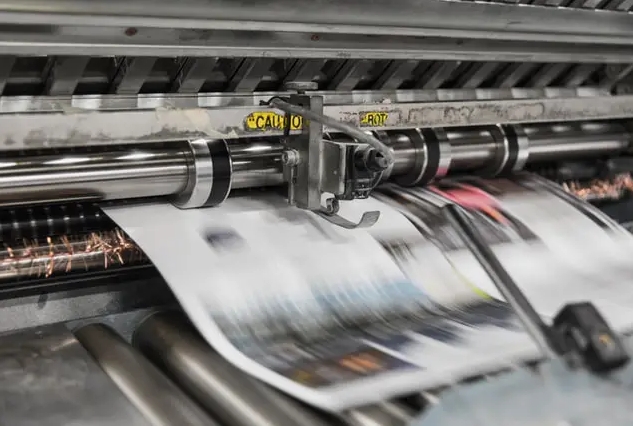
4. Label Printing
web inspection systems ensure that product labels are printed correctly and are free from defects. This is particularly critical in industries such as pharmaceuticals, food and beverage, and cosmetics, where labels carry vital information such as ingredients, expiry dates, and safety warnings. Misprints or inconsistencies in labels can lead to non-compliance with regulations, product recalls, or brand damage. Thees printing inspection systems help detect such issues early, ensuring that only perfectly printed labels are applied to products.
5. Flexible Packaging Industry
The flexible packaging, which often produces products like pouches, shrink wraps, and bags, also relies heavily on web inspection systems. These systems monitor the print quality and structural integrity of flexible packaging materials, detecting problems such as uneven printing, surface damage, or misaligned designs. In industries where product packaging serves as a primary marketing tool, ensuring flawless print quality is essential to maintaining brand integrity and consumer trust.
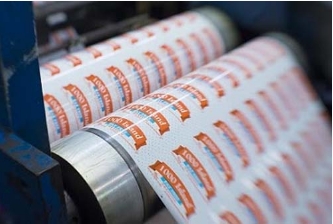
6. Security Printing
Security printing includes applications like banknotes, passports, and other forms of secure documents, web inspection systems are used to detect counterfeit prevention features and ensure that holograms, watermarks, and other security elements are printed accurately. The systems can also identify any defects in the printing of text or images that could compromise the integrity of the document. These applications require the highest standards of precision, and web inspection systems provide the necessary real-time monitoring to meet these stringent requirements.
7. Industrial Printing
Industrial printing used for applications such as automotive parts labeling, electronic components, or building materials also benefits from web inspection systems. These systems ensure that labels, serial numbers, and safety instructions are printed clearly and accurately, preventing production delays and quality issues in high-stakes manufacturing environments.
Challenges and Future Directions in Web Inspection Systems for Continuous Printing
This chart highlights the ongoing challenges in web inspection systems for continuous printing, while also outlining the technological innovations and strategies aimed at improving accuracy, efficiency, and scalability for achieving 100% printing quality inspection system.
| Aspect | Challenges | Future Directions |
| Defect Detection | Difficulty in detecting subtle or complex defects at high speeds. | Integration of AI and machine learning for smarter, adaptive defect recognition. |
| Speed and Throughput | Maintaining accuracy while inspecting materials at extremely high speeds. | Development of faster processors and advanced algorithms to handle high-speed data processing. |
| Material Variability | Inspecting diverse materials (e.g., textiles, films, paper) with varying properties. | Multi-sensor systems and adaptive inspection techniques to handle different material types. |
| Data Management | Managing and analyzing vast amounts of inspection data in real time. | Enhanced data analytics platforms with cloud integration for real-time insights and predictive maintenance. |
| System Integration | Integrating inspection systems with existing production lines seamlessly. | Modular and plug-and-play designs for easier integration and scalability. |
| Cost and ROI | High initial investment and operational costs for advanced systems. | Cost-effective solutions and ROI-focused innovations to make systems accessible to smaller manufacturers. |
| Lighting and Imaging | Ensuring consistent lighting and image quality across diverse printing conditions. | Advanced lighting technologies and adaptive imaging systems for better defect visibility. |
| Operator Training | Requires skilled operators to manage and interpret system outputs. | User-friendly interfaces and AI-driven decision support systems to reduce dependency on operator expertise. |
| Sustainability | Minimizing energy consumption and environmental impact of inspection systems. | Development of energy-efficient systems and eco-friendly components. |
| Regulatory Compliance | Meeting evolving industry standards and regulations for quality control. | Systems designed with compliance in mind, including automated reporting for regulatory requirements. |
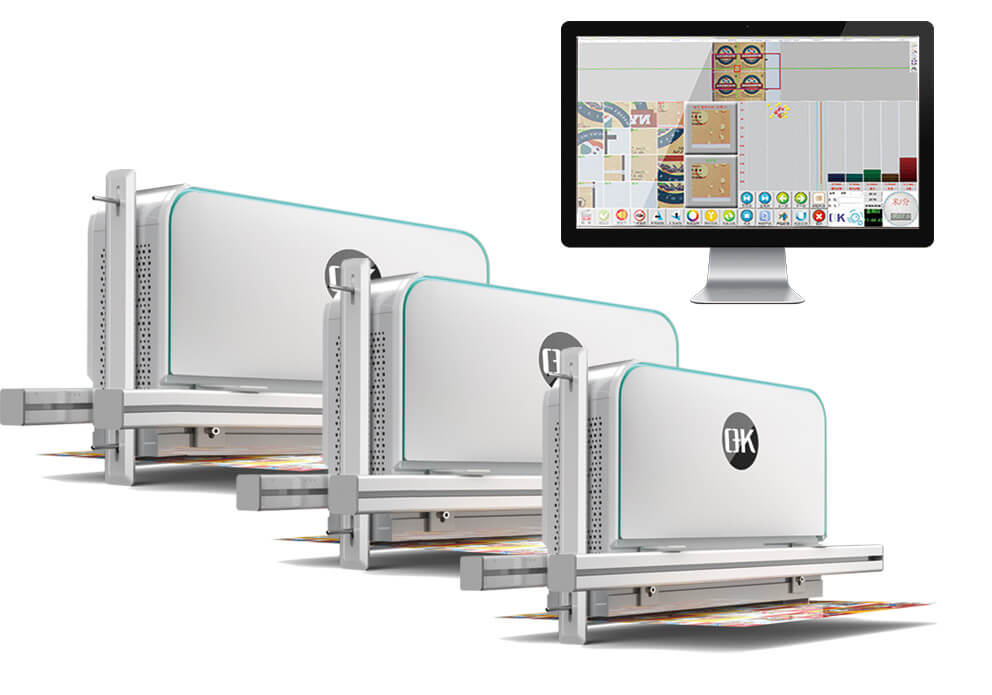
Summary
Web inspection systems have revolutionized the way manufacturers approach quality control in continuous printing. By providing real-time monitoring, automated defect detection, and actionable insights, these print inspection systems play a critical role in ensuring high-quality output, reducing waste, and improving overall production efficiency. As the demand for precision and consistency in manufacturing continues to grow, web inspection systems will play an even greater role in shaping the future of continuous printing processes across various industries.
